The barbell squat is a cornerstone of strength training—whether you're chasing personal records, building muscle, or improving everyday mobility. Done right, it strengthens the entire posterior chain, enhances core stability, and builds a foundation for performance in sports and life. But mastering the proper form for a barbell squat is critical—not just for gains, but for injury prevention and longevity.
This guide walks you through how to squat properly with a barbell, whether you're new to lifting or refining your technique.
1. Setting Up: The Squat Starting Position
Before even lifting the bar, your setup matters. Begin by positioning yourself under the bar inside a squat rack. The squat starting position should place the bar across your upper back—right on the traps for a high-bar squat or slightly lower across the rear delts for a low-bar position.
Checklist:
-
Feet shoulder-width apart
-
Toes turned out 15–30 degrees
-
Hands gripping the bar just outside shoulder width
-
Elbows pointing downward and slightly back
-
Core braced, chest proud
Step back with control after unracking the bar, and plant your feet firmly. This is your squat position with barbell.
2. How to Barbell Squat Correctly
Start the movement by hinging at the hips and bending the knees simultaneously. Your knees should track in line with your toes—not caving inward or flaring out excessively. The movement should feel like sitting back and down into a controlled seat.
Lower yourself until your thighs are at least parallel to the ground. For a full back squat, descend even lower—below parallel—if your mobility allows.
Key Technique Tips:
-
Keep your heels down—never rise onto the toes
-
Maintain a neutral spine throughout
-
Avoid excessive forward lean
-
Breathe in before descending, brace your core, and exhale on the way up
3. Proper Form for Barbell Squats: Common Errors to Avoid
Even small mistakes in technique can lead to discomfort or injury over time. Here are some red flags:
-
Knee cave: Use resistance bands around the knees or reduce the load to reinforce better control
-
Heels lifting: Often a sign of poor ankle mobility—try lifting shoes or ankle mobility drills
-
Leaning too far forward: Strengthen your core and upper back, and check your bar placement
4. How to Squat By Yourself Safely
Training alone? No problem—with good planning.
-
Use a squat rack with safety pins or spotter arms set at mid-thigh level.
-
Warm up with lighter loads to groove your form.
-
Focus on squat rack technique, ensuring each rep is controlled from the unrack to re-rack.
For beginners or those with limited mobility, starting with a barbell sit squat—where you descend to a box or bench—can build confidence and control.
5. Choosing the Right Way to Squat With a Bar
Different squat styles suit different lifters:
-
High-bar back squat: More upright torso, greater emphasis on quads
-
Low-bar back squat: More hip hinge, loads glutes and hamstrings more
-
Front squat (not covered here): Even more quad-dominant with higher torso angle
To find the proper squat barbell style for you, experiment with stance width, bar position, and depth. Filming your squats from the side and front can offer insight.
6. How to Progress
As your form becomes consistent:
-
Gradually add weight, following linear progression
-
Incorporate tempo (e.g., 3-second descent) to build control
-
Mix in pause squats or box squats to address weak points
Never sacrifice technique for weight. The right way to squat with a bar is with form that’s repeatable, safe, and efficient under increasing loads.
Final Thoughts
Learning how to squat properly with a barbell is about more than hitting depth—it's about building a powerful foundation. By focusing on the proper form for barbell squats, refining your squat rack technique, and respecting the importance of a stable starting position, you set yourself up for long-term success.
Squatting is a skill. The better your technique, the more strength, power, and resilience you’ll build over time.




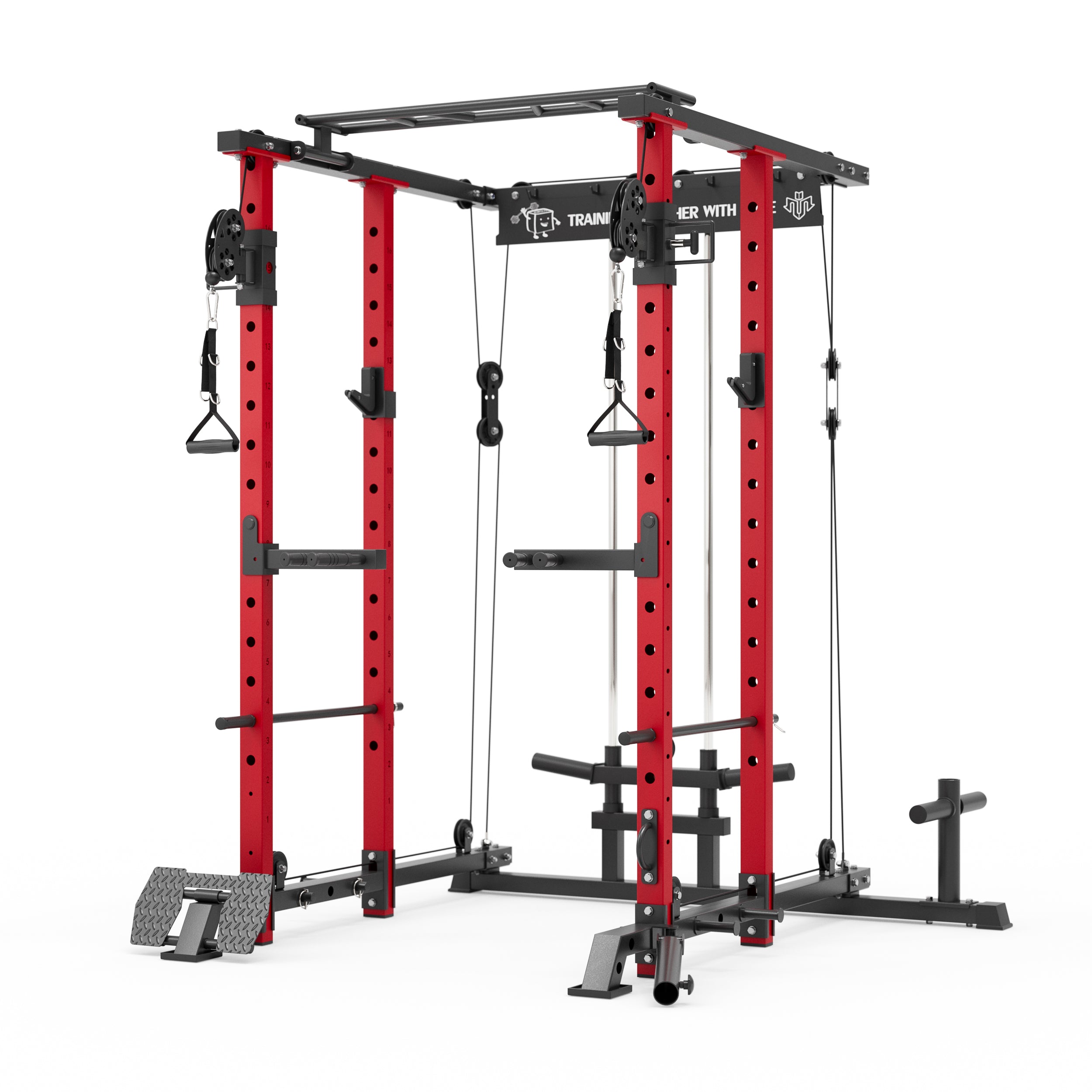


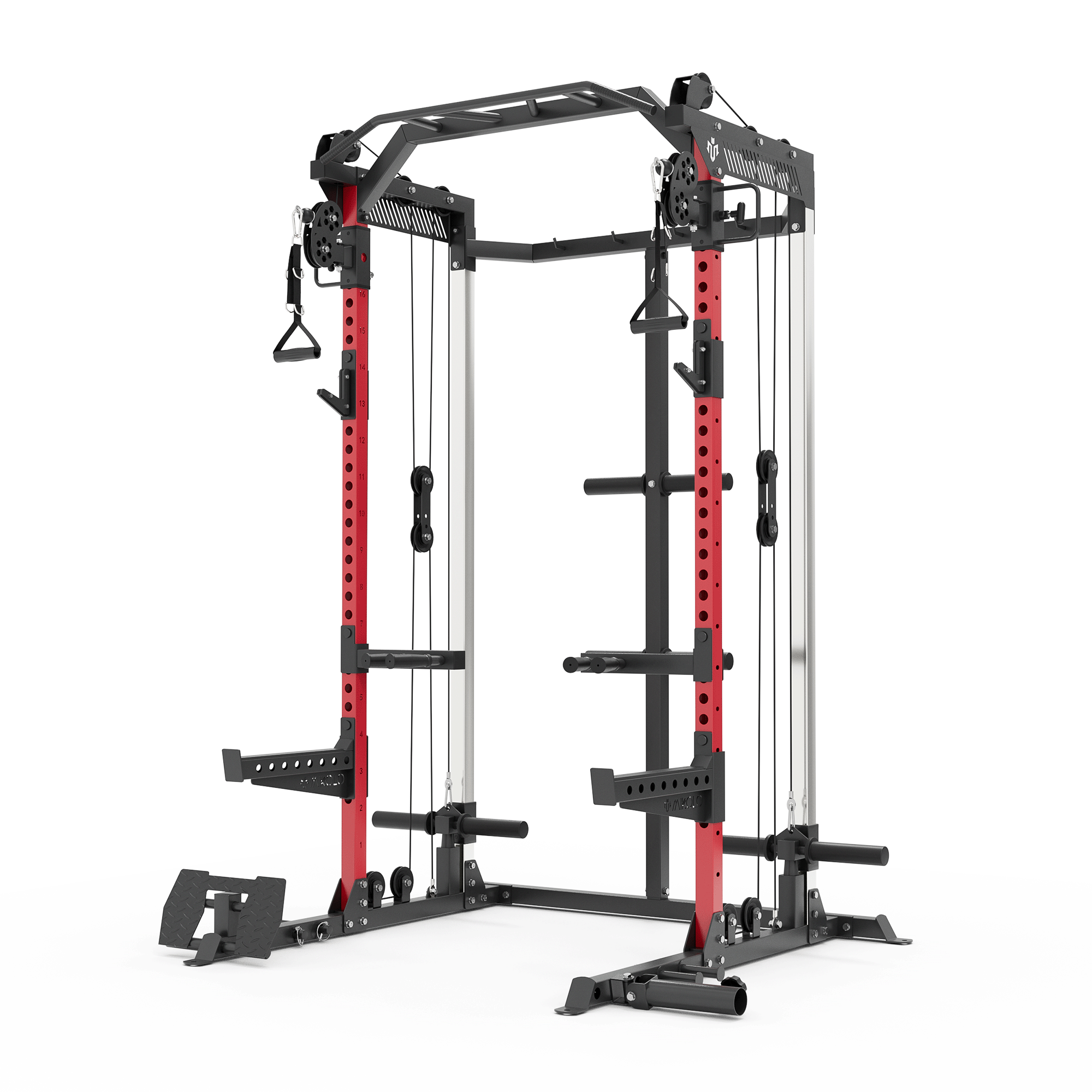


















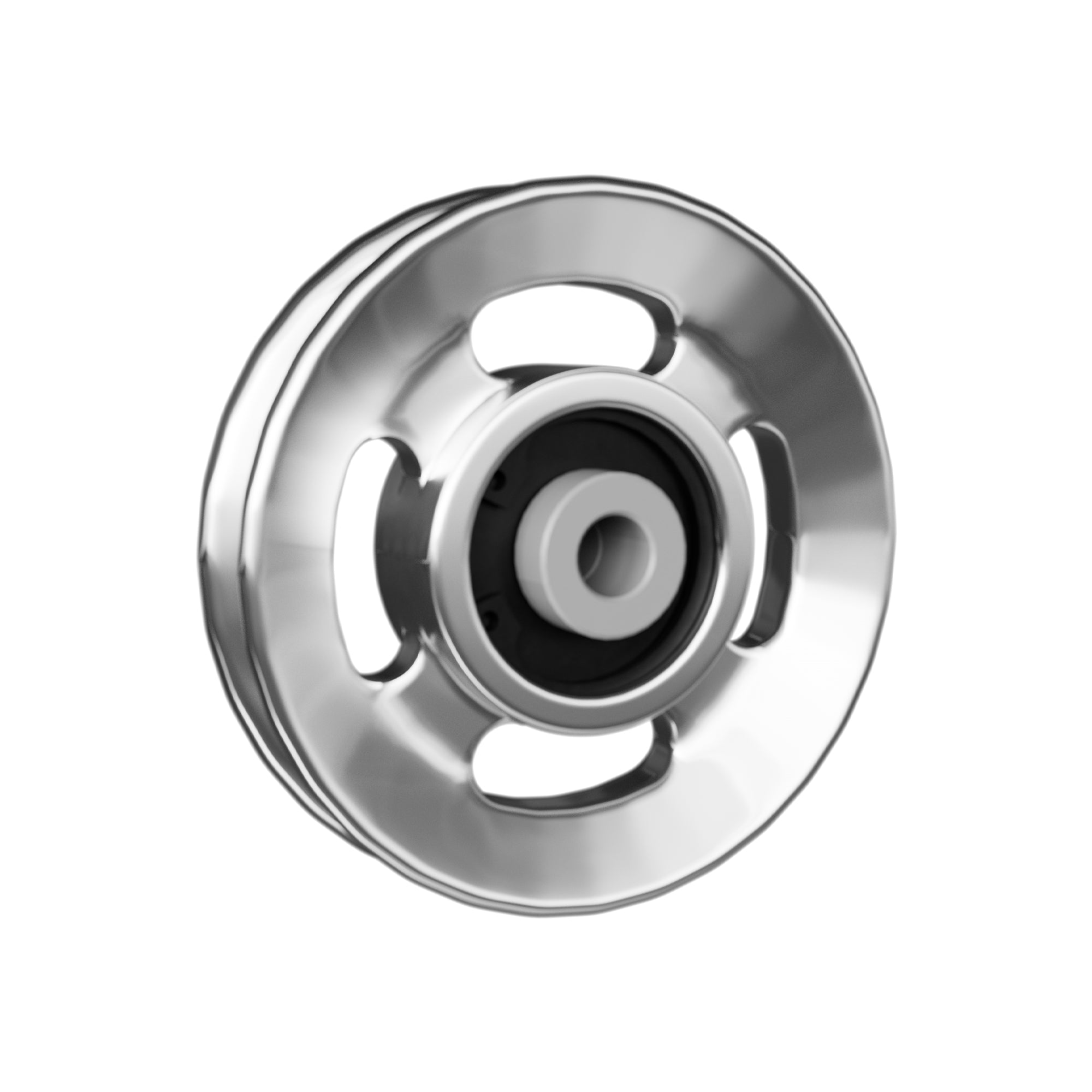



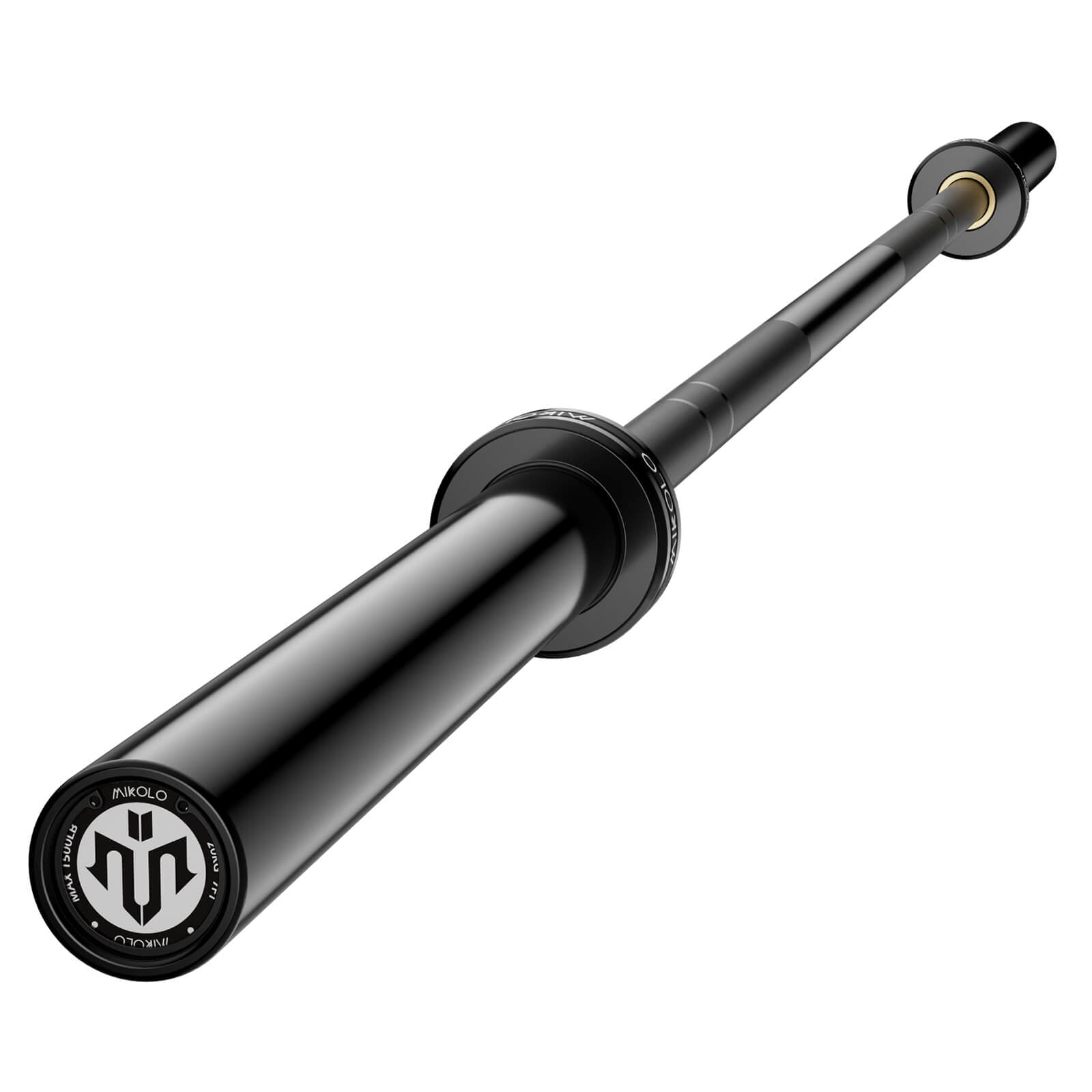
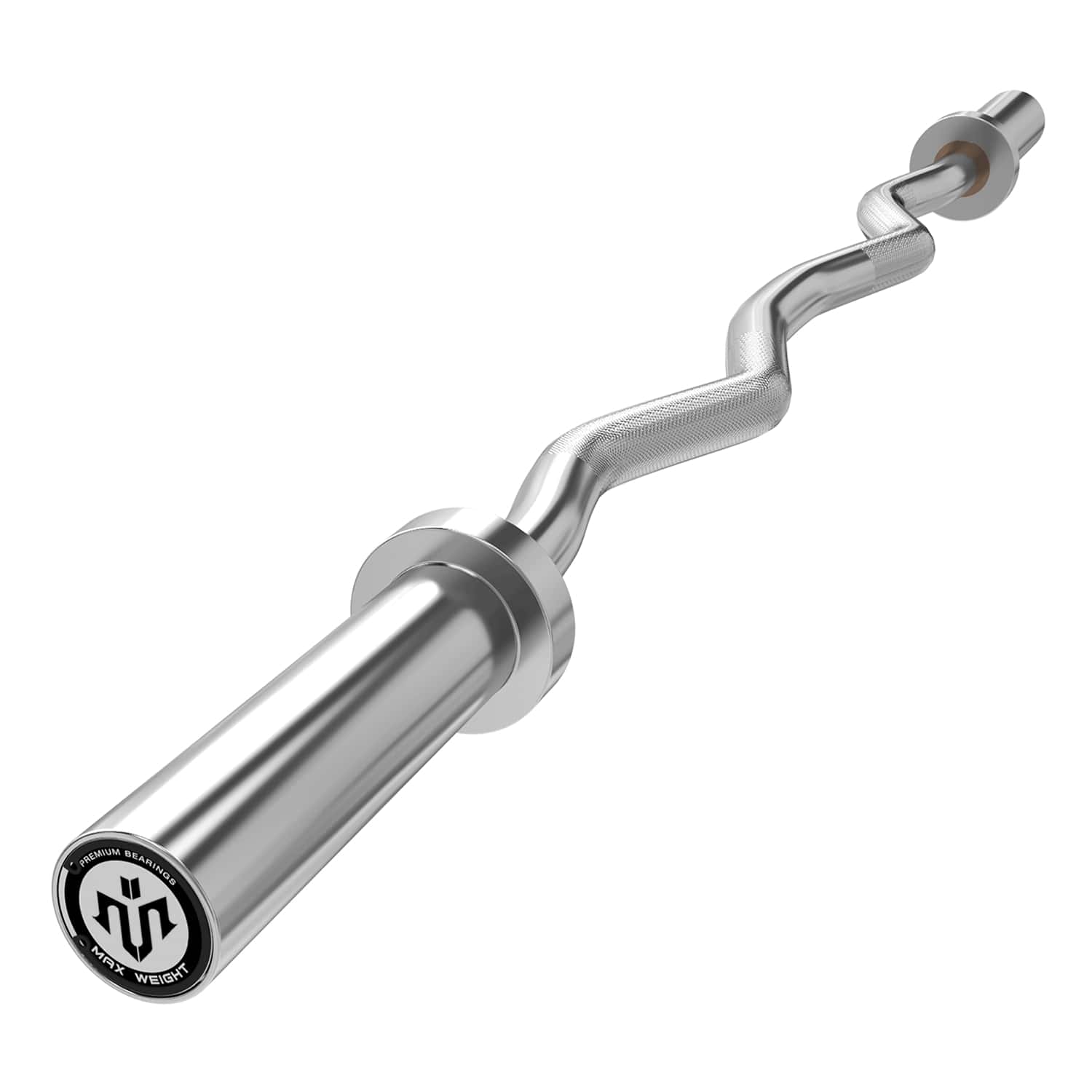



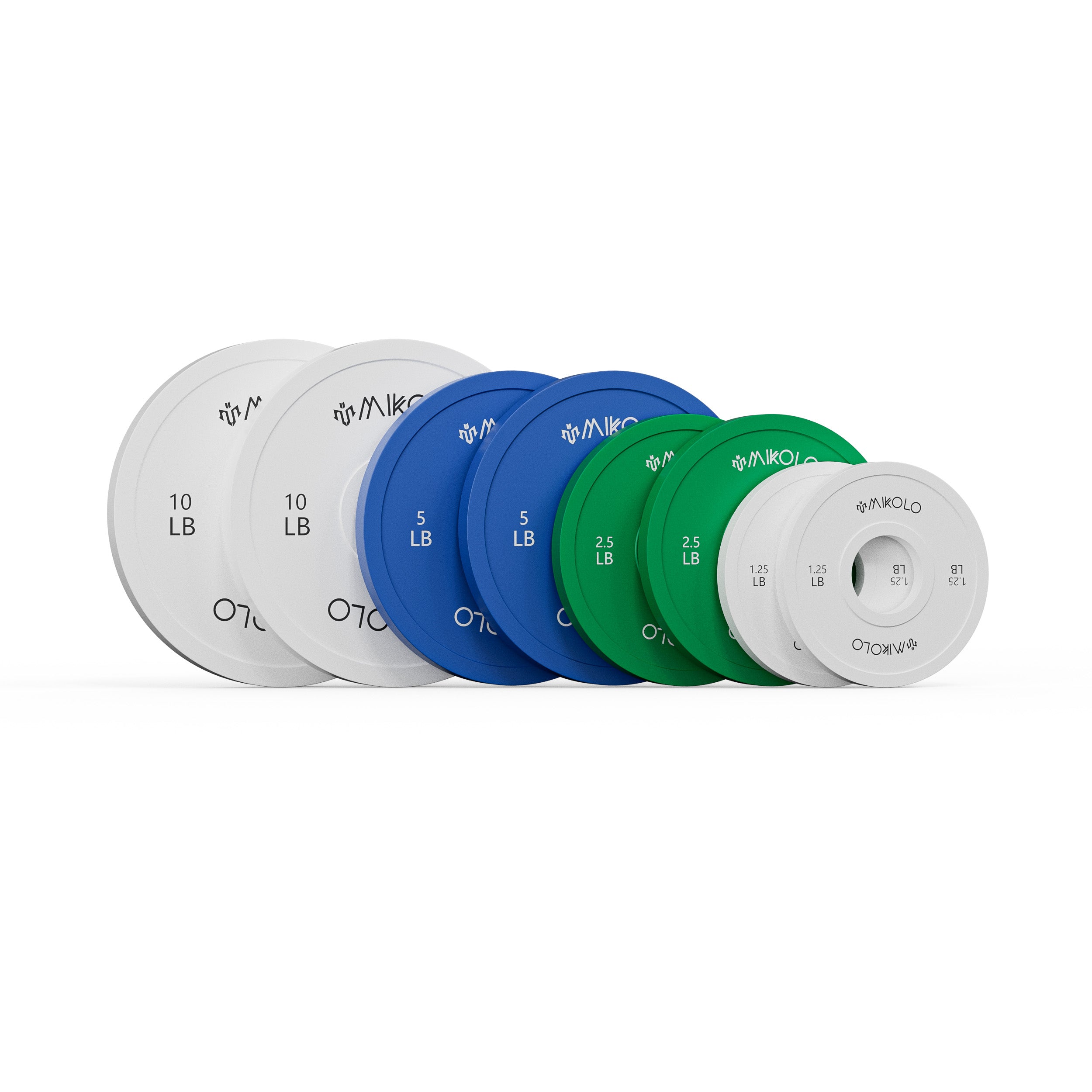



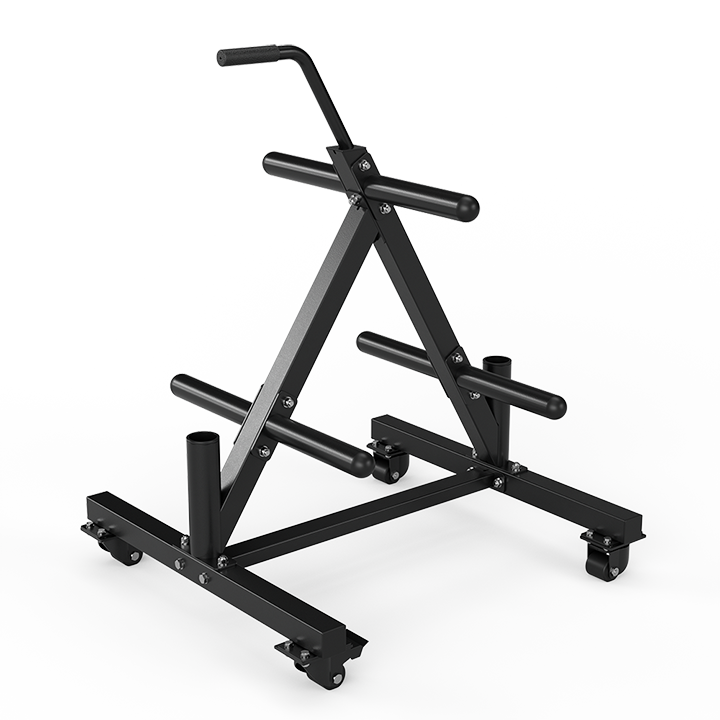





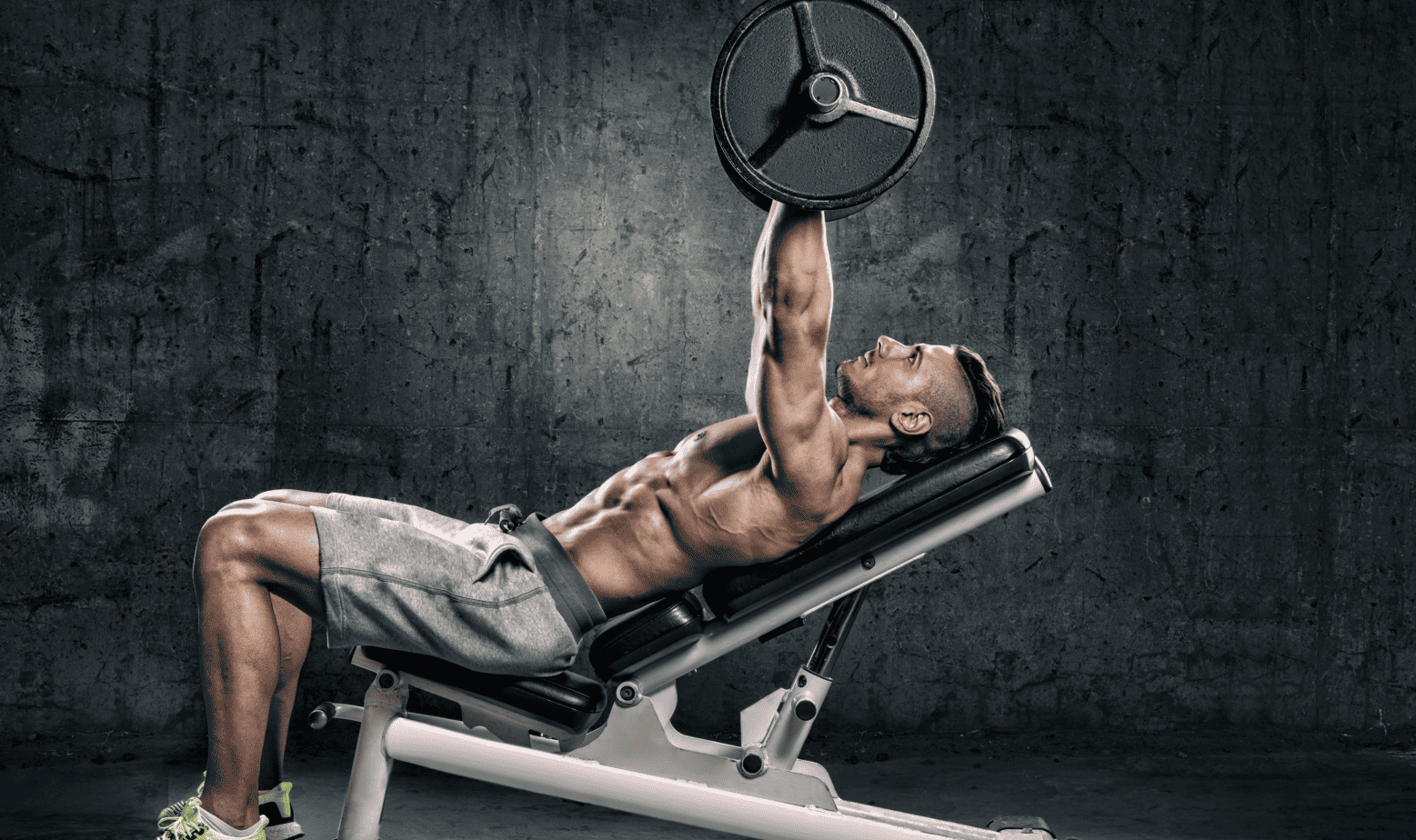
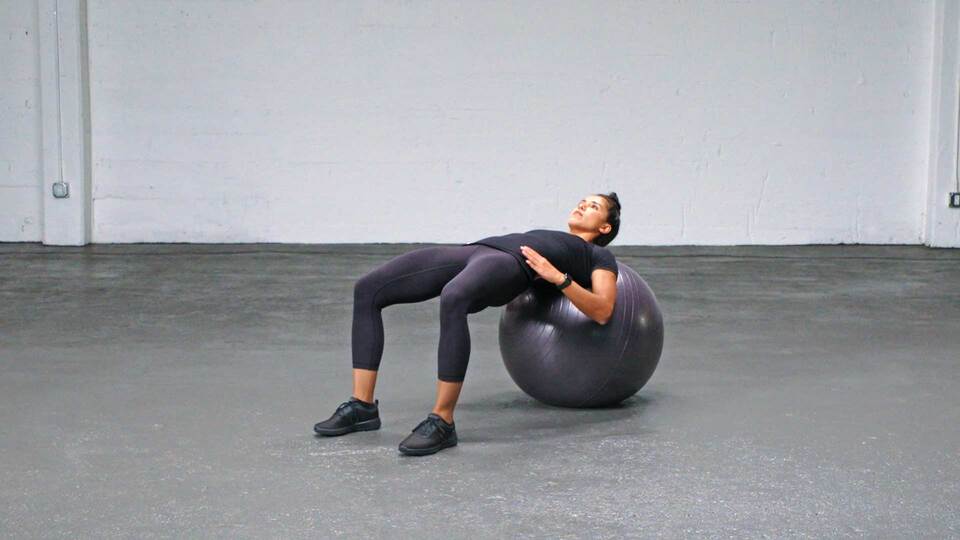
Leave a comment
This site is protected by hCaptcha and the hCaptcha Privacy Policy and Terms of Service apply.